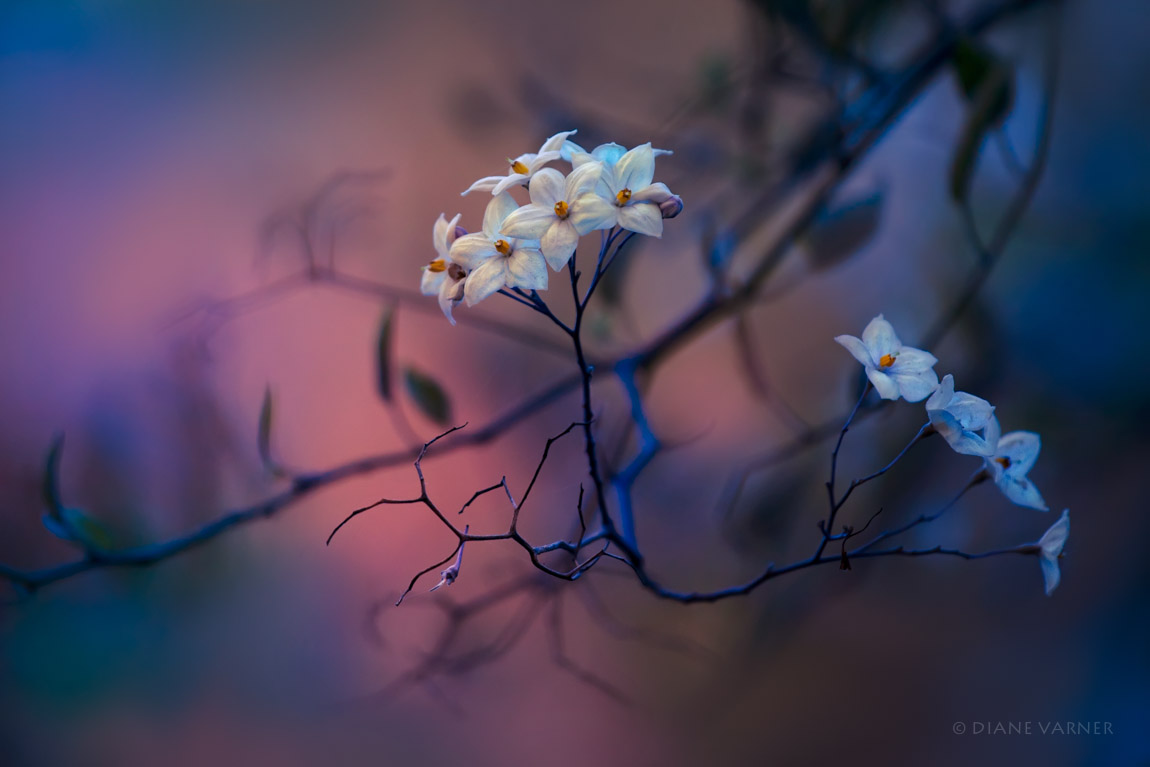Just in time, my November 2014 print is presented and it is already accompanied by the December print. Since we will be traveling, I will not print anything in December, but I did not want to skip the last print of the year. The photograph above has been taken earlier this year, in February, on a hike around Pfäffikersee. The cloud appears upside down, because it is not at all a real cloud, but just its reflection on the smooth water surface - it is thus a water cloud. I really like the color gradient from the dark foreground to the light blue background and the shallow waves on the water at the top.
The photograph below was taken three months later, in May. In and around Zurich, this is usually the time grasses start to flower and my hay fever sets in. When I captured the hay fever photograph, I was actually photographing cicadas. I took just this one photograph of the pollen clouds that were released from the blades of grass as I touched them and I was not expecting much. When I looked at the result (only later, at home), I was pleasantly surprised and "Hay fever" is one of my preferred photographs of this year. I am still fascinated that it is possible to capture and visualize flying pollen grains and I really like the light shades of greens and out of focus grass blades.
If you want, have a look at all my prints of this year or suggest a photograph to be printed next year!













